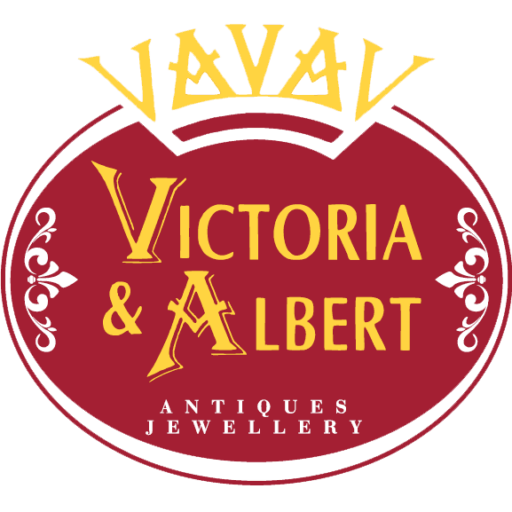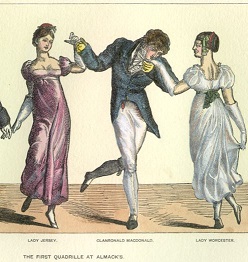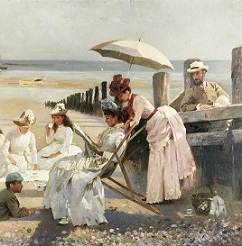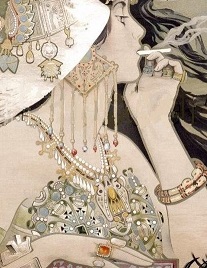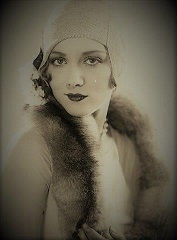Across The Ages
Georgian
The Georgian period covers the reins of the Hanoverian born British Kings of England, George I, II, III and IV, from 1714 to 1837. Jewellery during this period was hand-made, typically with 18ct or 15ct gold, and silver. White gold was yet to be discovered.
The design of jewellery from this period was incredibly labour intensive. Until 1750 and the invention of the rolling mill, artisans had to first hammer out gold ingots and other metals into flat sheets before they could start to fabricate a piece of jewellery. The most distinguishing feature of Georgian jewellery is the cut of the stones and of course …Read More
Victorian
The Victorian era began and ended with Queen Victoria’s reign. She ascended the throne of England in 1837 at the tender age of 18 years. When she died in 1901 her 64- year reign had bore witness to many changes in society and indeed fashion and jewellery. In this era, horse-drawn carriages were replaced by the automobile, and candlelight by electricity. The latter was a major leap forward for jewellery artisans who had previously worked by candlelight with limited tools of trade.
Historians often refer to the Victorian era in 3 parts: Early Victorian or the …Read More
Edwardian
King Edward was the successor to Queen Victoria and was the opposite of her in many ways. He loved to indulge in food, festivities, gambling and women. He was very relaxed towards the strict morals that Queen Victoria had established because in a large part, he just wanted to have fun. Jewellery in the Edwardian era (1901–1910) saw a shift from the elegance and restraint of the Victorian era to a sense of gratuity and indulgence that reflected King Edward’s personality. Jewels grew larger and gold-plating became very popular, however what is potentially the most striking …Read More
Art Nouveau
Alternative, exclusive, short-lived and very elaborate, Art Nouveau means ‘new art’ in French, and was the name of a movement across The Arts that was incredibly innovative and modern in the wake of the Victorian era. Art Nouveau jewellery centred around France and lasted just 15 years—from 1895 to 1910, and it is not hard to see why, considering how avant garde and not to mention expensive this style of jewellery was. After the refinement of Victorian jewellery which was usually an elegant patterned metal studded with a single type of gemstone, Art Nouveau threw …Read More
Art Deco
The term ‘Art Deco’ was born from the Exposition International des Arts Décoratifs et Industriels Modernes. This was an exhibition in Paris in 1925 that had a strong emphasis on jewellery. In 1925 Paris, the art movement of Modernism was running strong, and this can be seen in Art Deco jewellery. The catchcry of Modernism was ‘Make it new’, and Art Deco jewellery was innovative in incorporating influences from modern industry like minimalism and even brutalism. Furthermore, there was an influence from exotic cultures including Africa, Asia and Latin America—because the globalisation …Read More
Retro
Retro jewellery embodies the best of old-fashion design that will never lose its flair. The ‘Retro style’ emerged along with Pop Art in the 1940’s–50’s and saw to capture the vintage styles of times past, for a quaint and nostalgic feel. The delicate gold lacework and floral gemstone arrangements of Victorian jewellery were now back in fashion. In the 1940s and 50’s, women started wearing brooches once again, coloured gemstone rings and other family heirlooms. And today retro jewellery is in vogue once again, along with the vintage fashion trend. But really, the best old-fashioned …Read More
